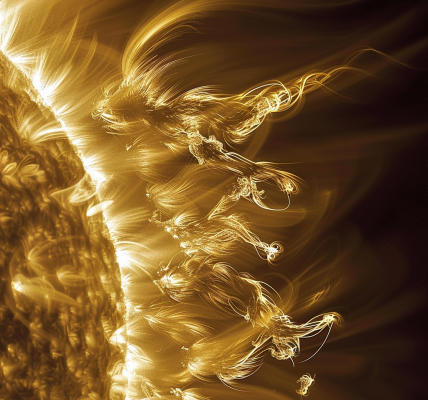2024 is off with an astronomical bang as a gigantic comet, dubbed the Devil comet, is hurtling its way toward Earth. The comet, officially known as Comet Pons-Brooks or Comet 12P, has been recognized by scientists since the 1800s and is described as ‘bigger than Mount Everest’ by Astronomy.com.
Earth.com explains that this cryovolcanic comet is made of ice that spews water, ammonia, or methane rather than lava. The New York Post reports that the comet most likely exploded again over the weekend, releasing a large amount of gas and ice into space. According to Nick James of the British Astronomical Association, the comet has been experiencing outbursts at a 15-day cadence, with another one possibly approaching.
However, despite the unnerving concept of a massive celestial body heading toward Earth, Astronomy.com reassures that everything will be fine. The comet is set to pass between Earth and Venus as it traverses the inner solar system, reaching its closest point in June. Additionally, it will be visible during this year’s solar eclipse, providing a rare celestial spectacle for skywatchers.





